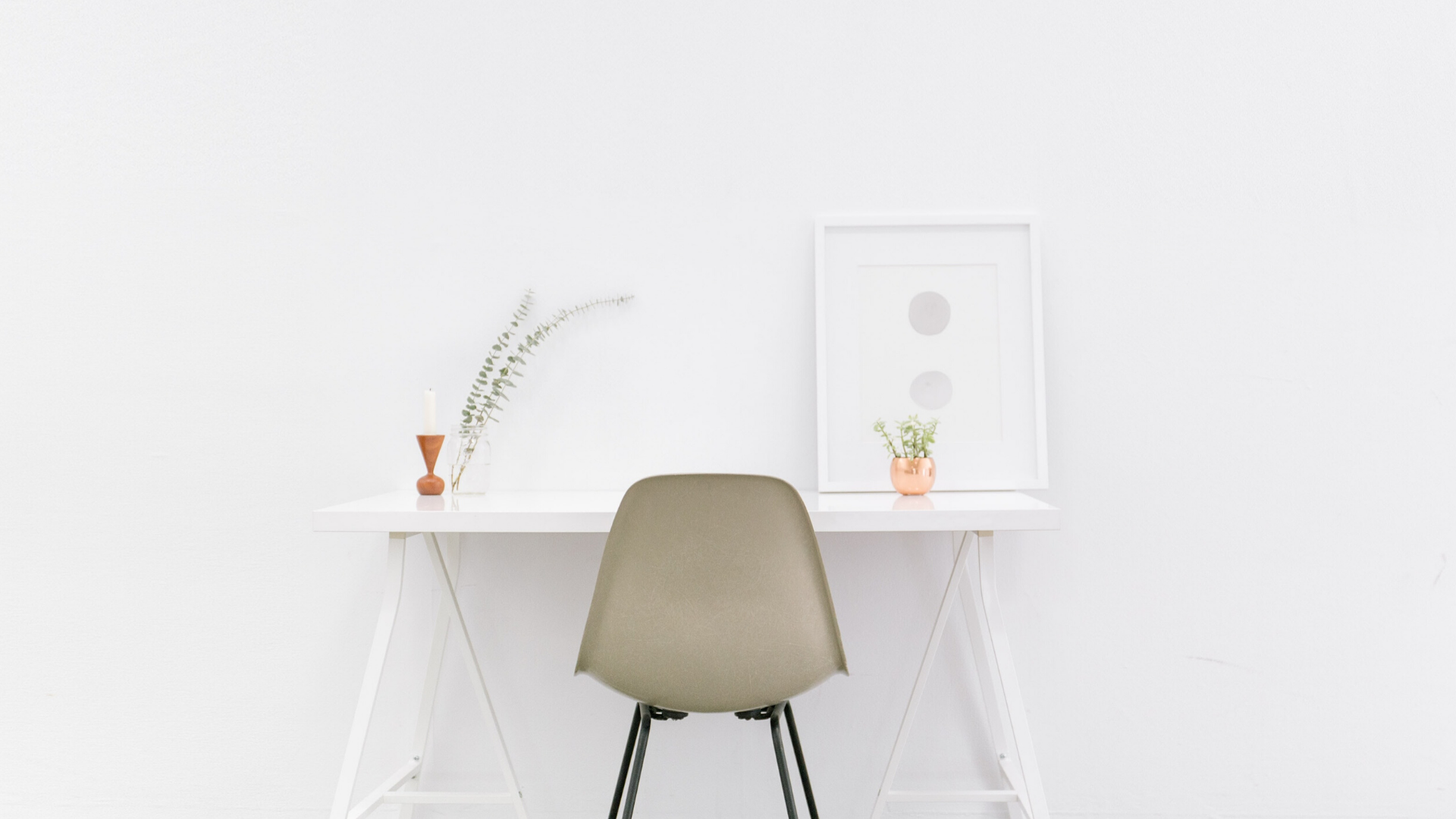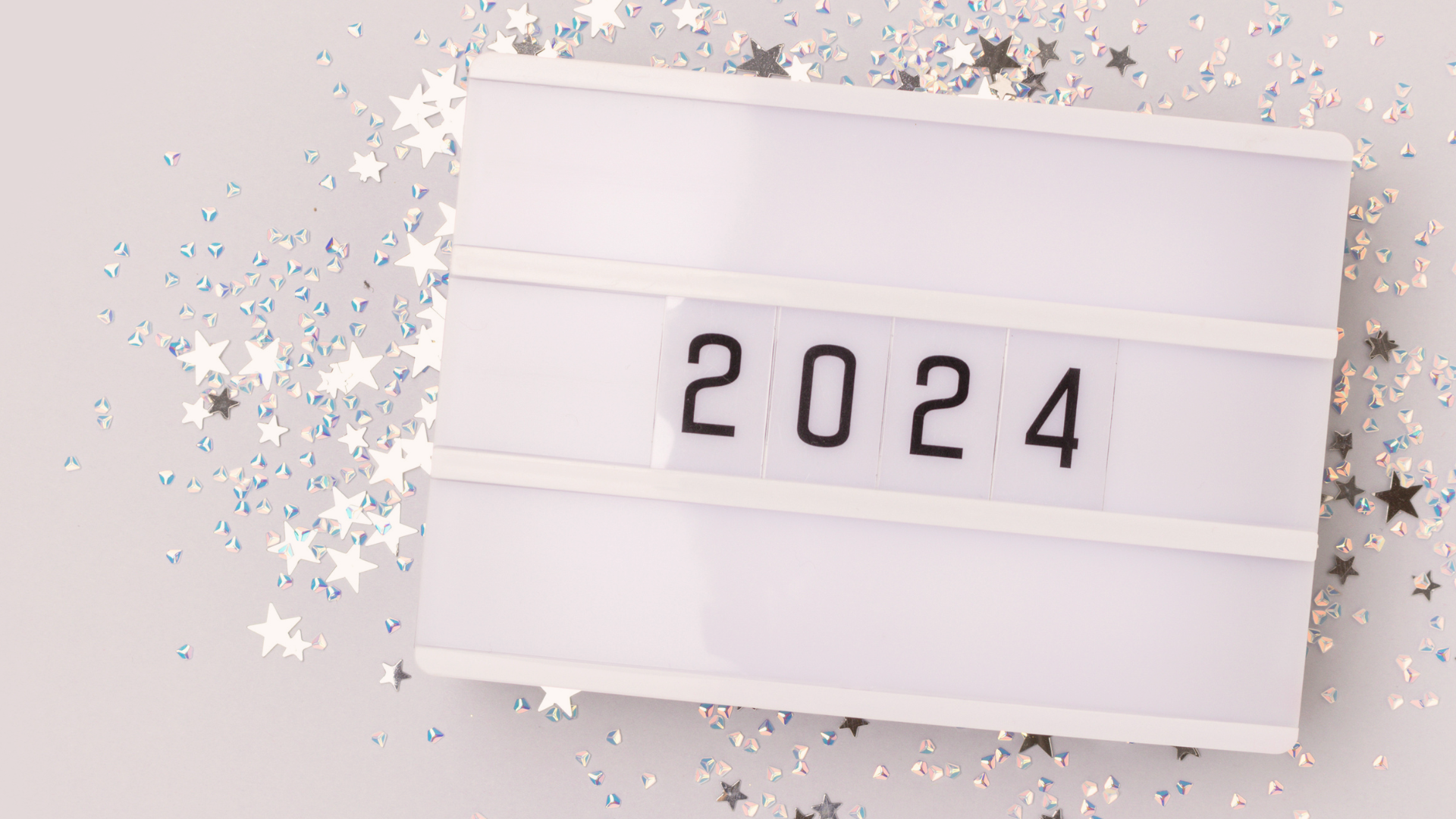If you’re tired of seeing chaos every time you look around your home, it’s time to seriously start thinking about organising your house.
How can you go from having toys all over the place and items you have no idea where to stash overtaking your home to a well-organised place that looks like it’s from the pages of a magazine?
Fear not – with these tips for organising your home, you can chip away at what might feel like an impossible task faster than you think! Remember, getting started is the hardest part.
1. Survey your space
Before you even get started with organising, you need to take a step back and look at what’s working and what’s not.
Look around. Do you have clutter in specific areas of the house? What do you or your family find impossible to keep looking neat?
A few common problem areas/items include: the junk drawer, shoes near the front door, the stack of mail on the countertop and the bedside table drawer.
Analyse why you’re struggling with these areas in the first place. For example, with the junk drawer, you might be literally stuffing anything and everything you don’t know where to put, which might mean you need to give specific items a home and start storing like with like. For the shoes near the front door, it might be a problem of having the (good) habit of removing shoes outside the home but having an overflowing shoe closet/assigned space, so you might need to purge…
Identifying the problem areas and thinking about how you can make them work is the foundation before starting the actual organising process.
2. Start with shared spaces
Once you’ve got a clear picture of what needs your dire attention and how you will be handling it, it’s time to start by tackling shared spaces. This is where your effort will have the biggest impact as not only are shared spaces where families tend to spend most of their time, but they also tend to be the most cluttered areas of the home.
Start with your kitchen and then move onto the living room and bathrooms. Declutter, sort, and find homes for everything in each room.
A good rule of thumb here is to store items according to how frequently you use them. Those that are used pretty much daily can go at eye level, while items that aren’t used very often might go on higher shelving where you need a stool to reach them.
3. Move on to personal spaces – and get some help!
Finally, tackle the personal spaces in your home like bedrooms, closets and any home office space you might have. This can take the longest, so it’s best to save it for last, and if your kids are old enough, get them to help you with their rooms.
Ask yourself – or your kids – some questions about each item when you’re trying to decide what to keep and what to give away. Have you used it within the last year? Do you absolutely need or love it? Does it fit into the life you want to live?
4. Keep cords under control
Modern families tend to have a lot of devices floating around the home, with parents and older children often having multiple smartphones, tablets, and laptops that need charged pretty regularly.
It’s a great idea to invest in a cable management sleeve or box where everything can be charged and the cords can be kept out of the way. You could even set up a charging drawer to stash these devices out of sight.
5. Follow a plan
Like many things in life, planning can really make or break your organisation efforts.
Create a schedule for staying on top of your household organisation chores. If you need some inspiration on keeping things organised, check out this free, 12-month plan that can help you keep the clutter in your home under control year-round.
As I mentioned earlier, the first step is the hardest when it comes to organising your home, but once you’ve done the big work, maintenance can become second nature.
PS: I’m sharing a lot of videos on what I store where, and how I store them in my Instagram stories. Check me out here!
Happy organising 🙂







Leave a Comment